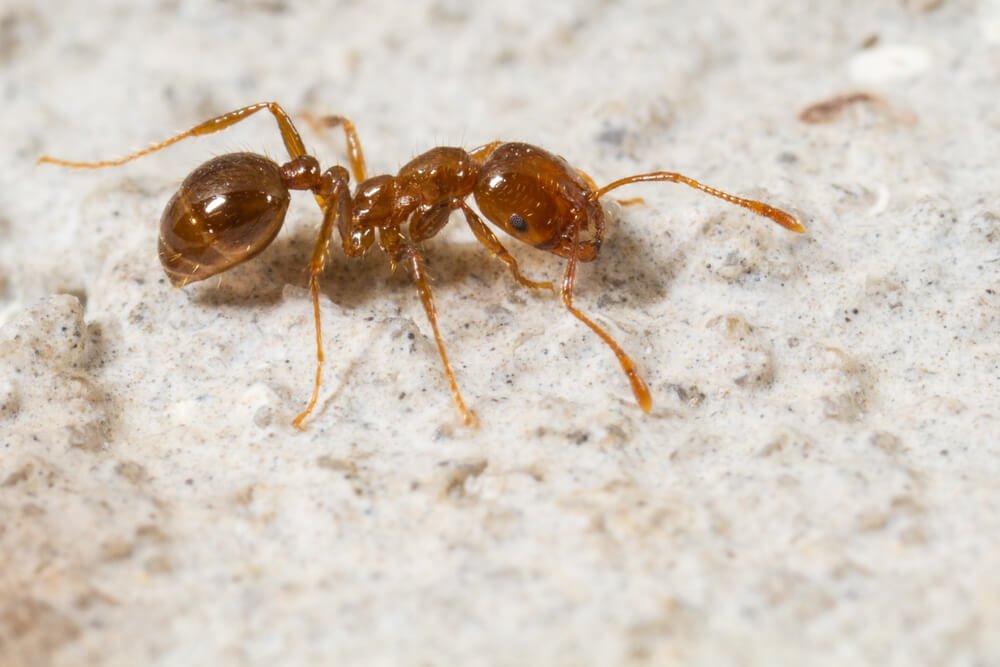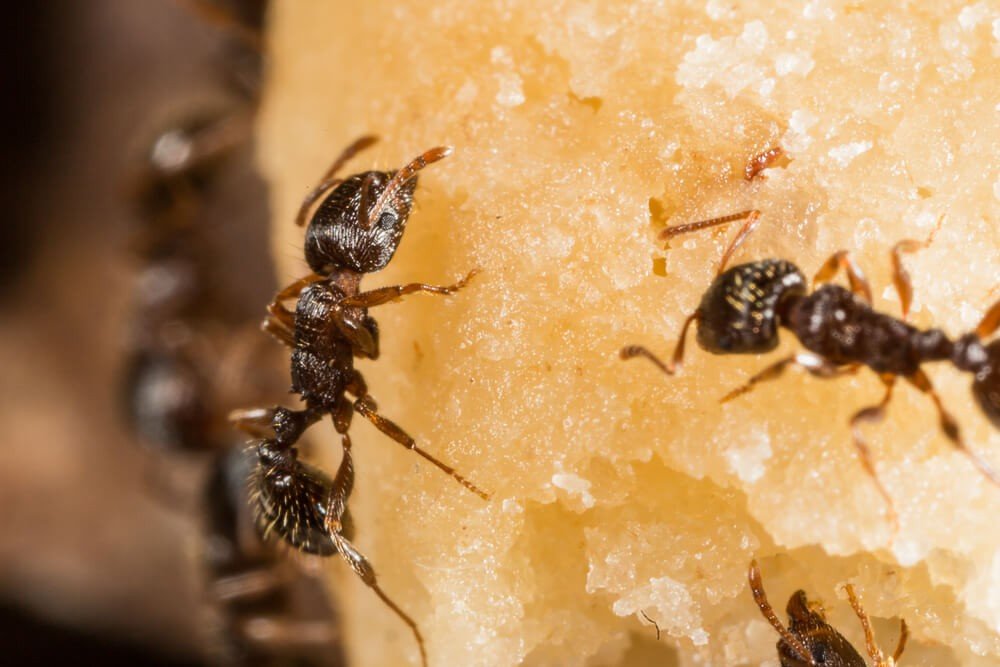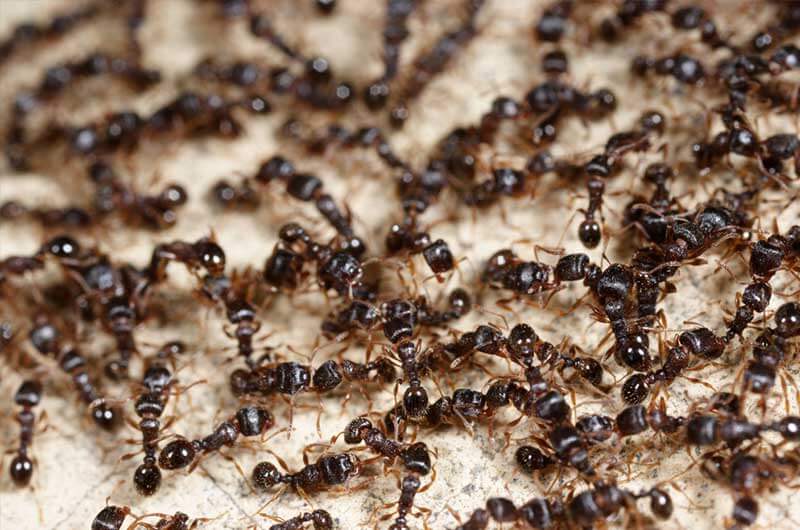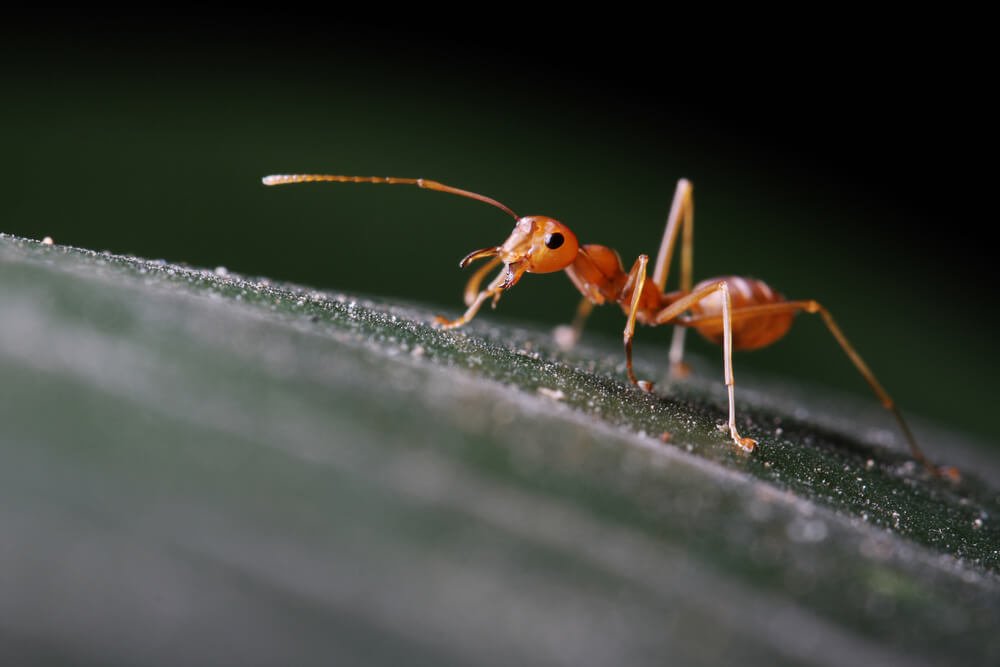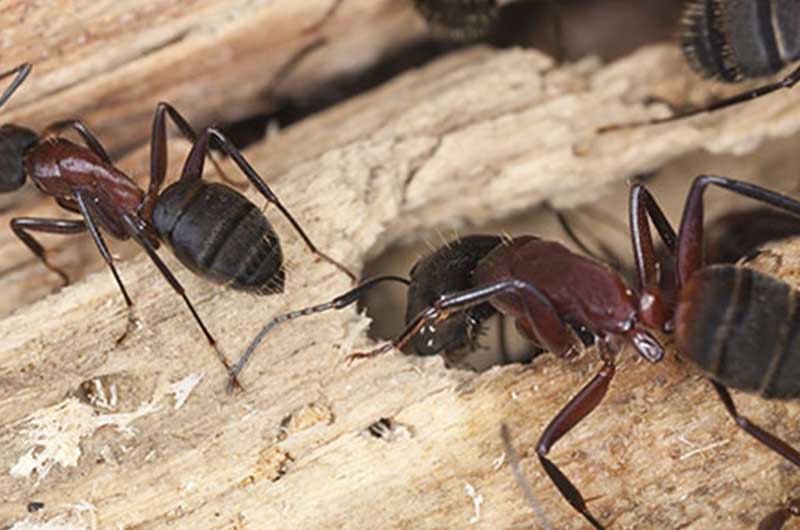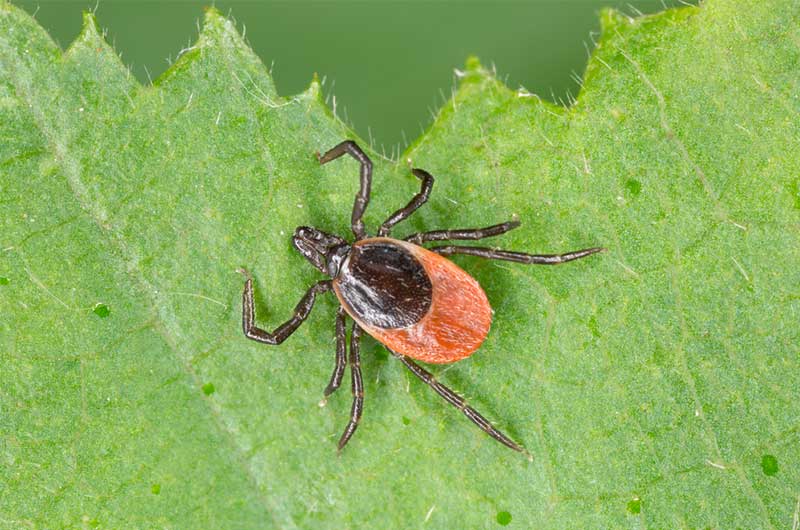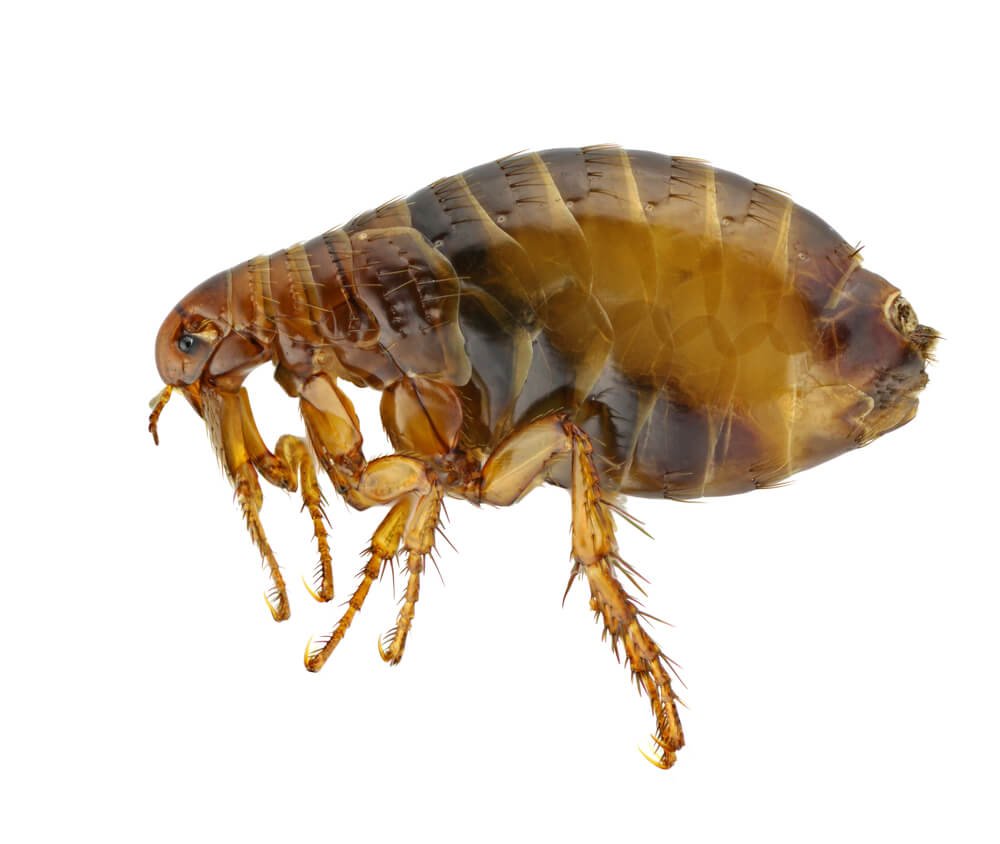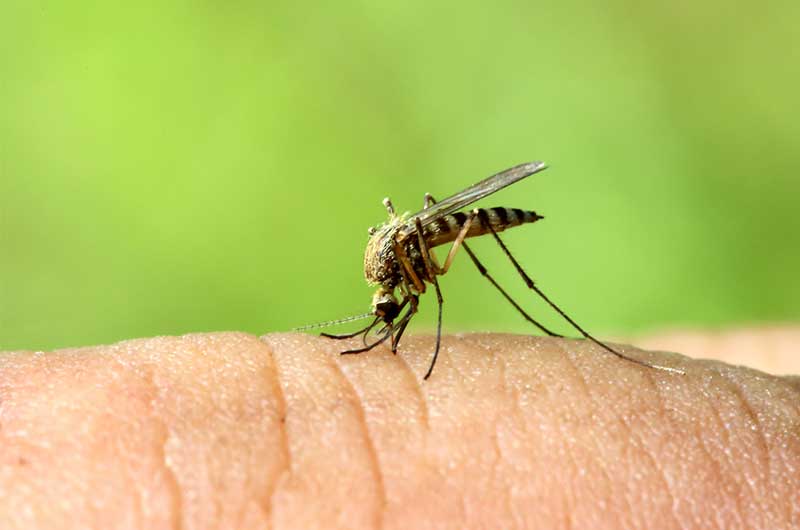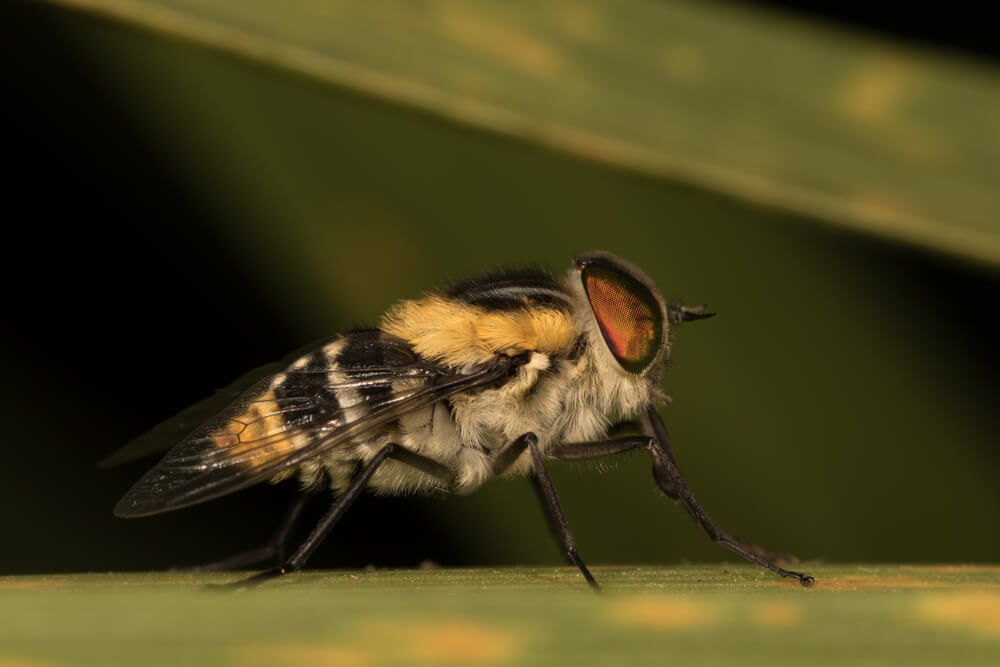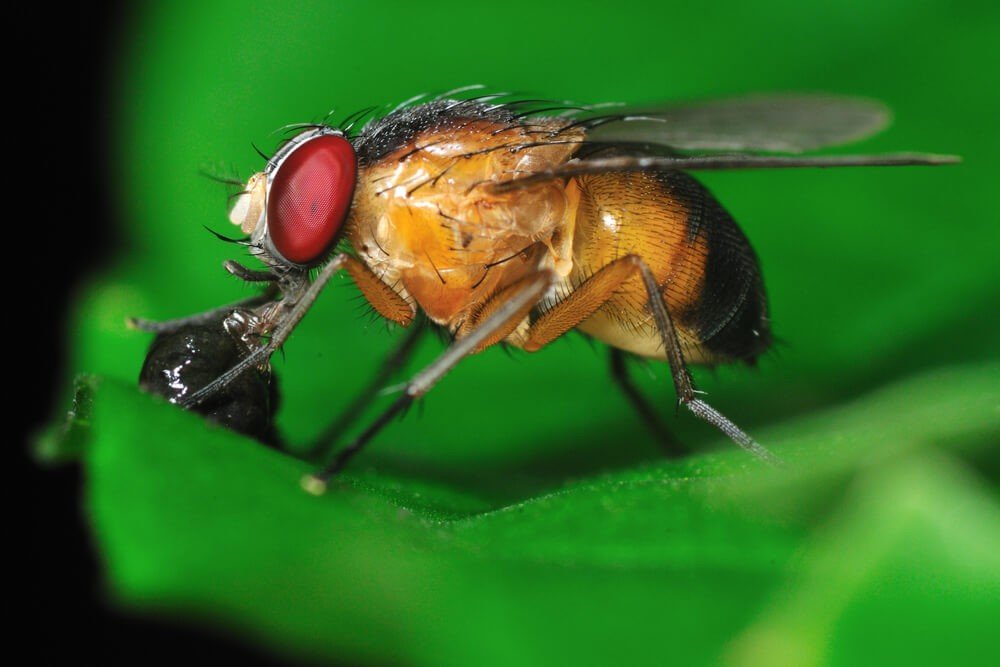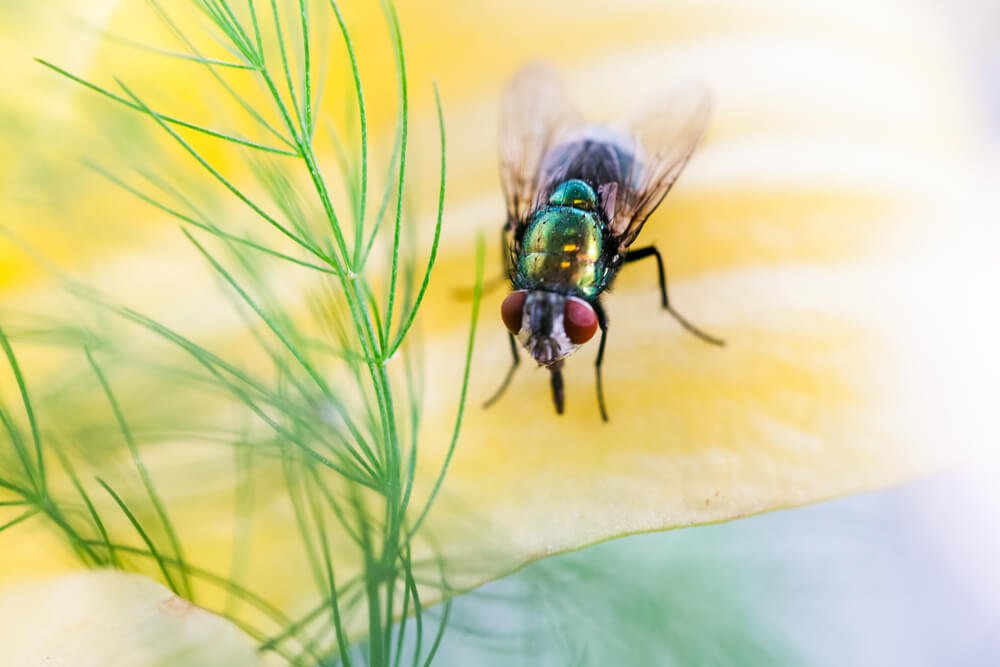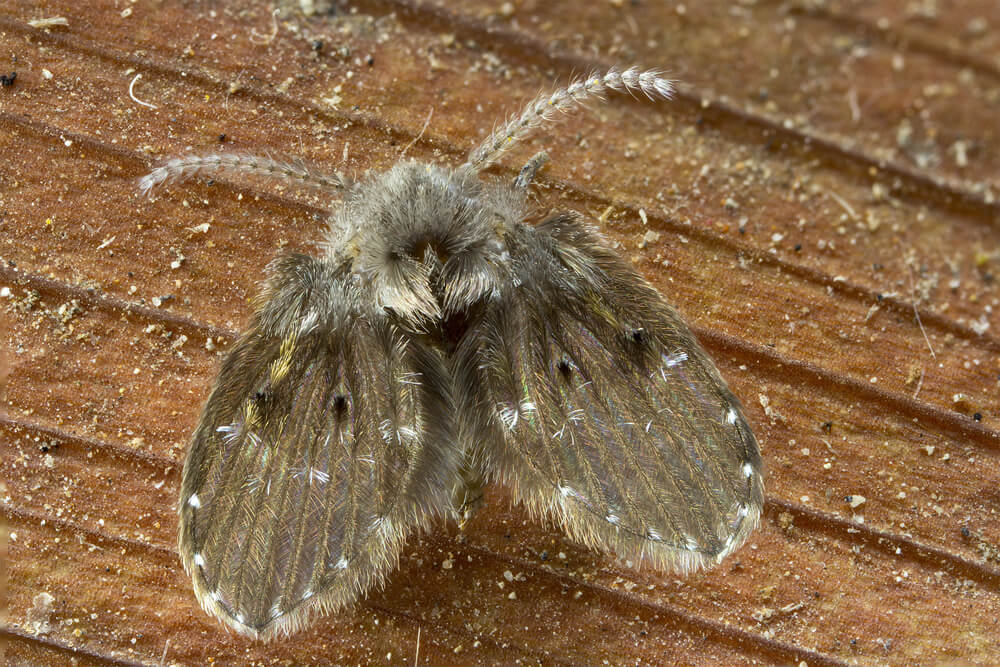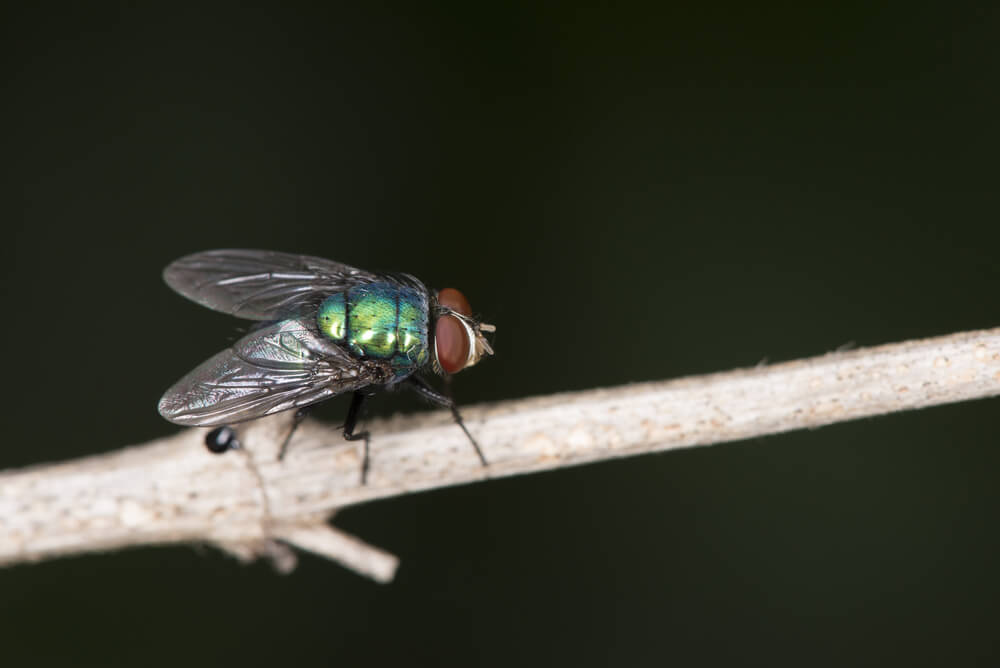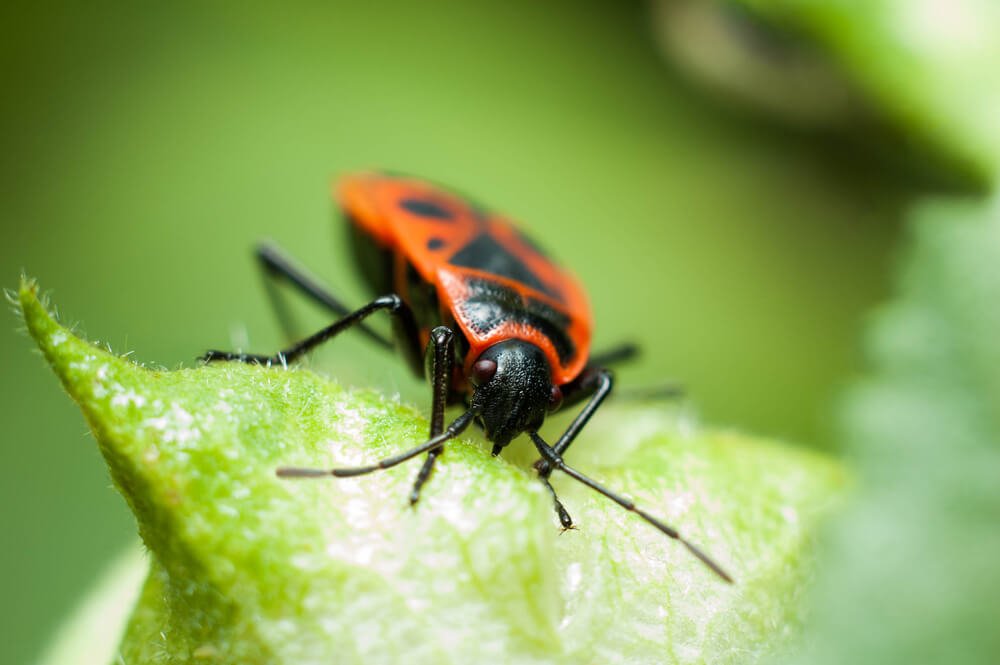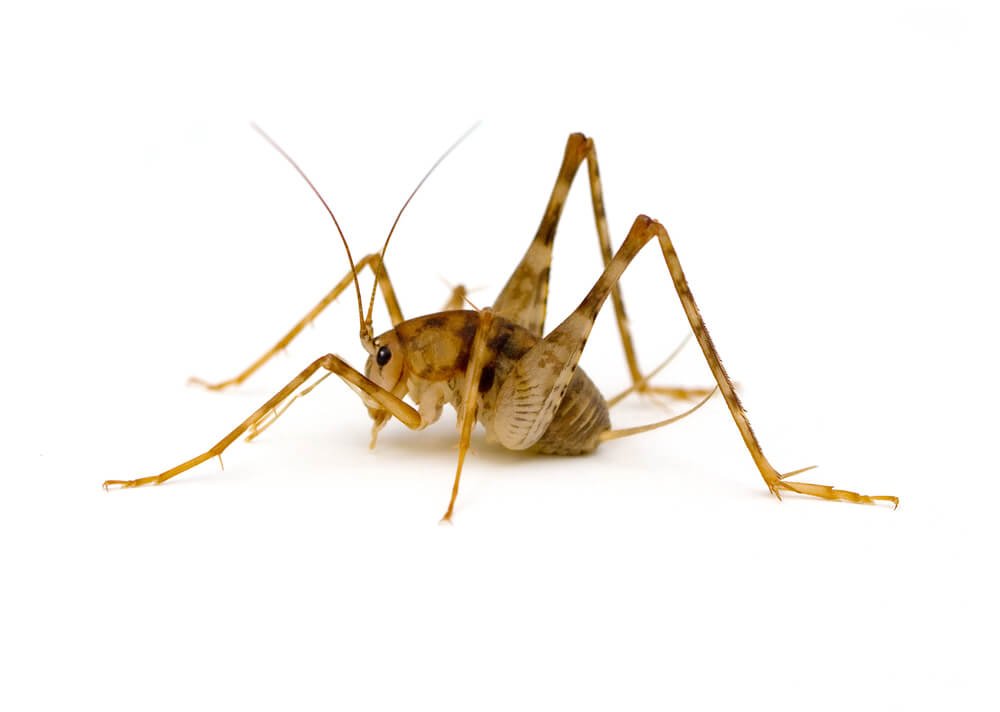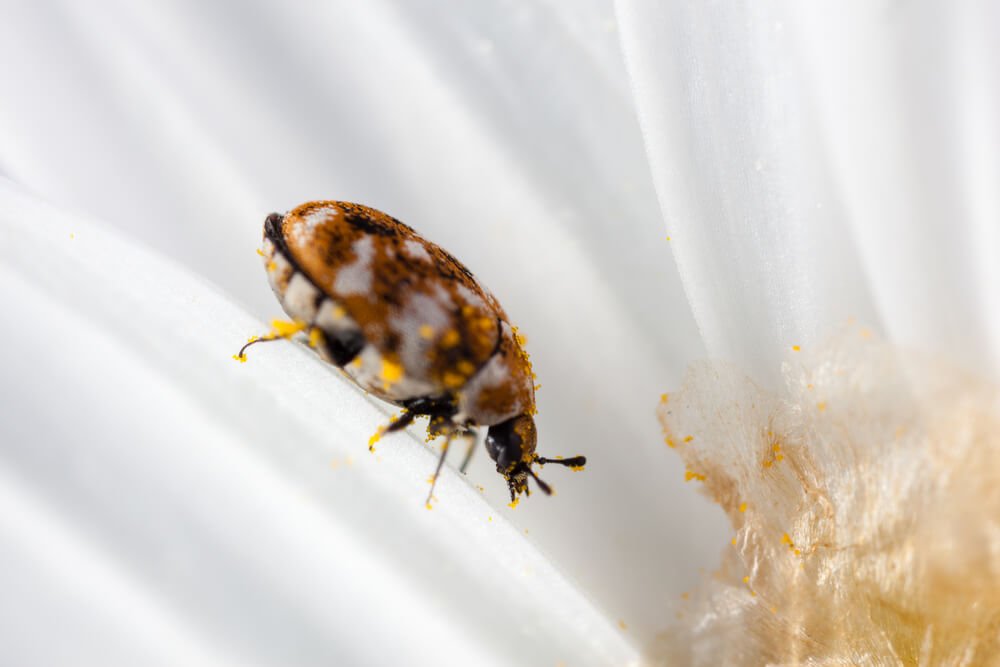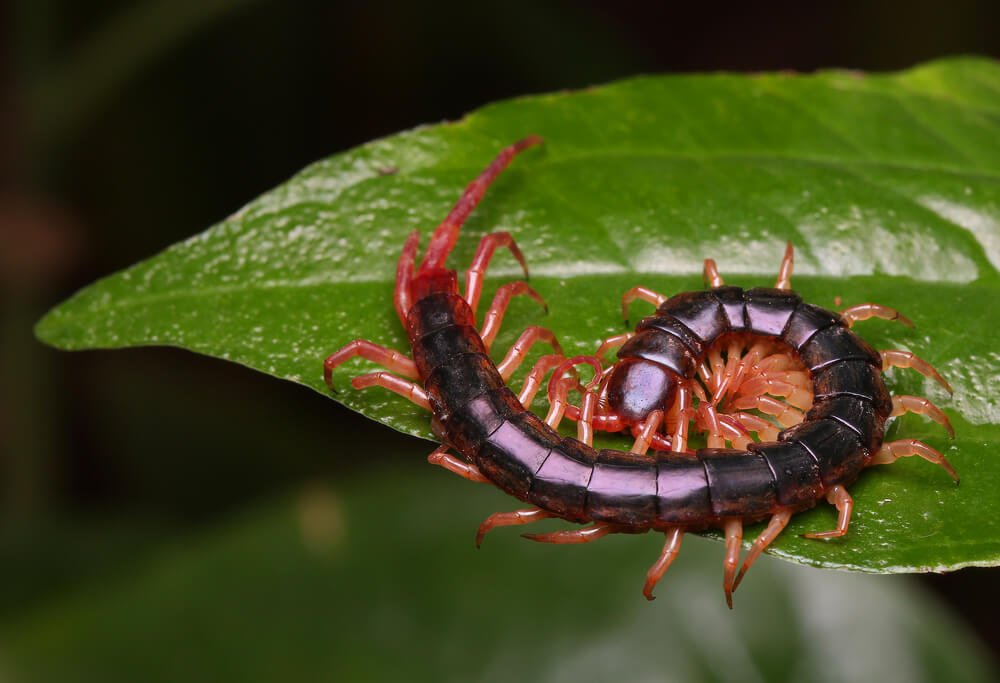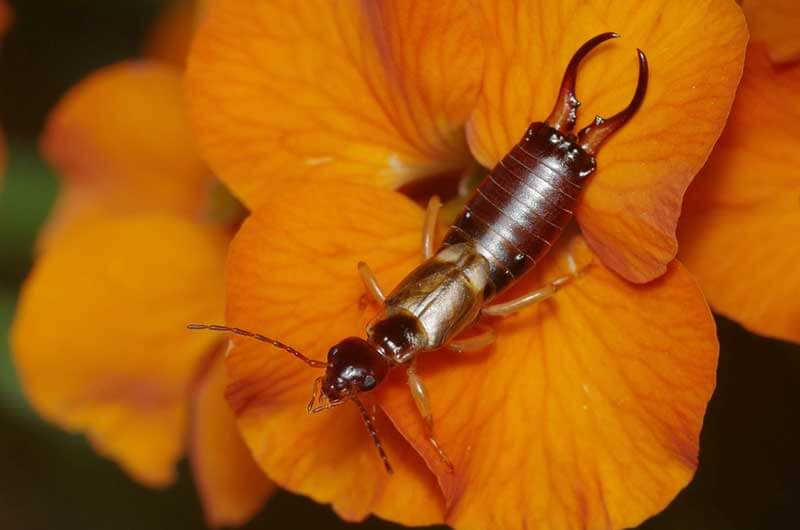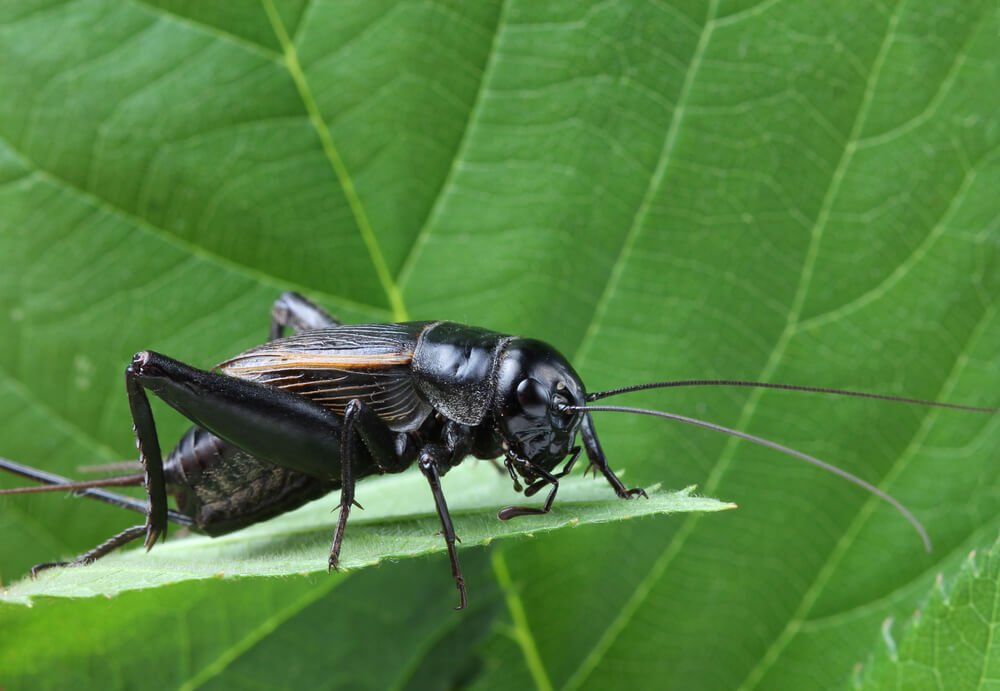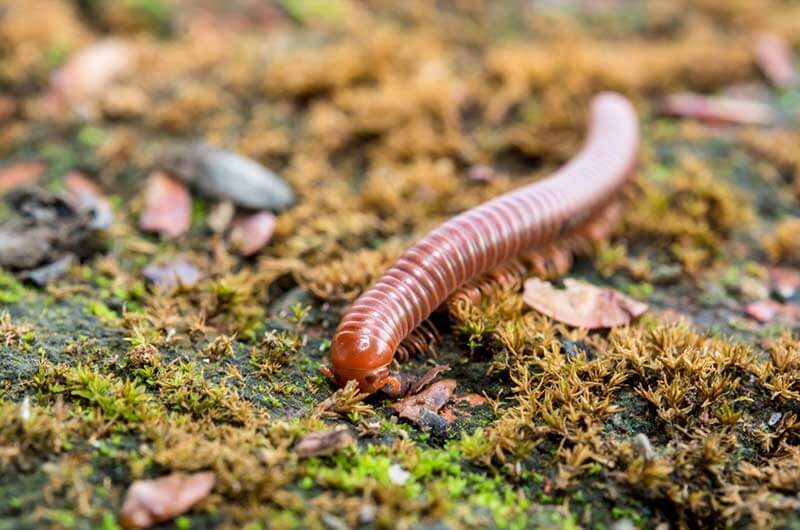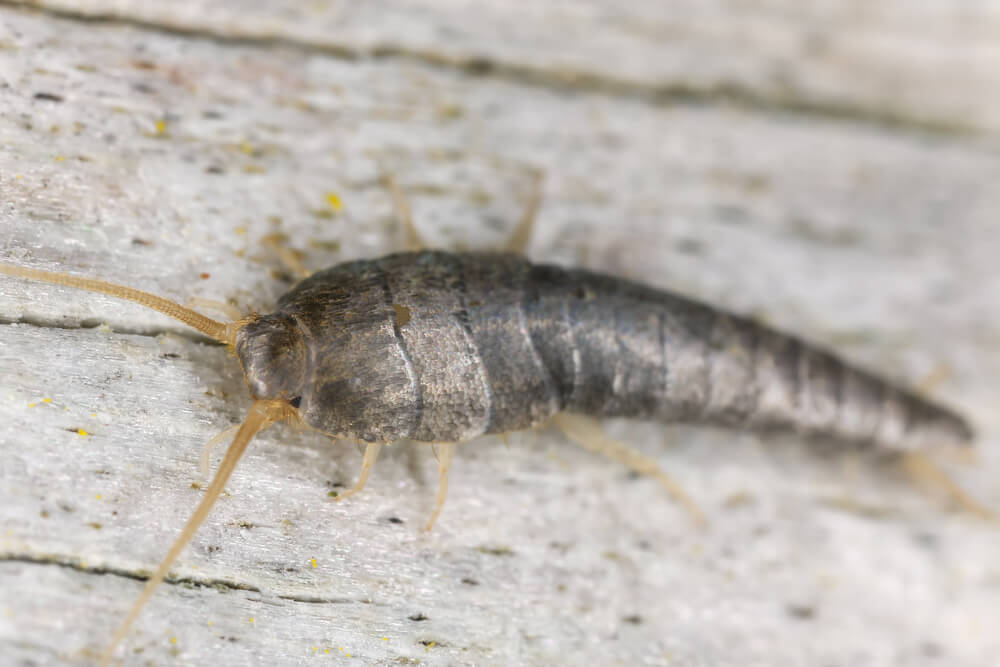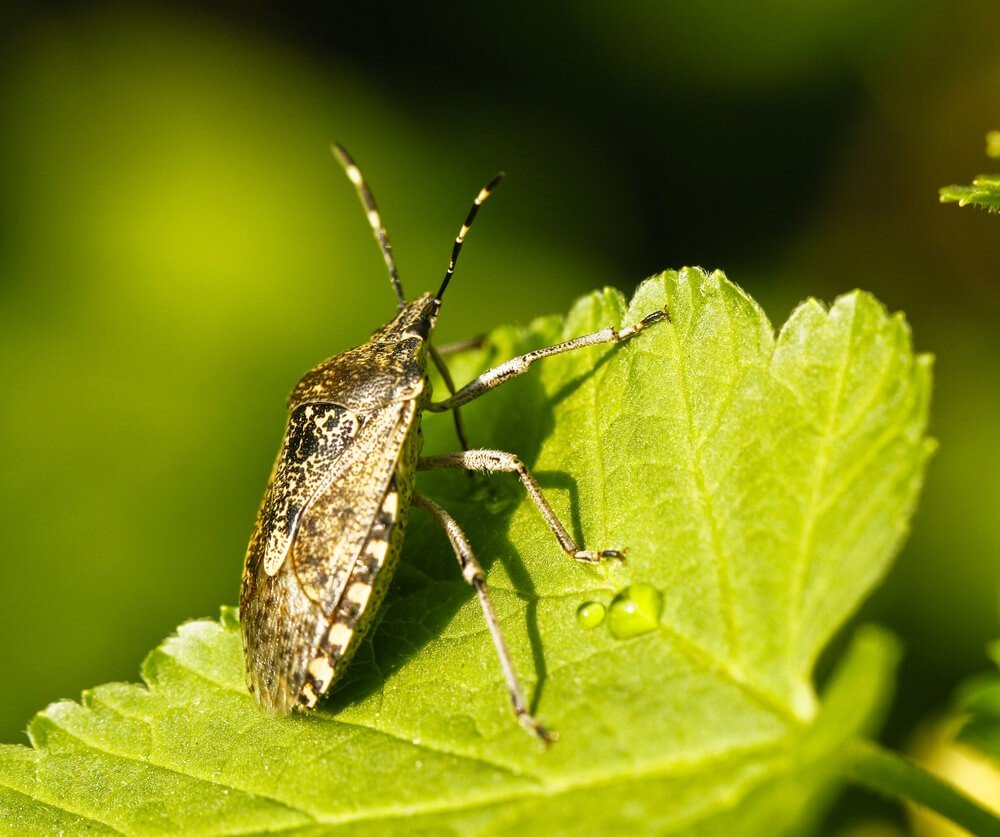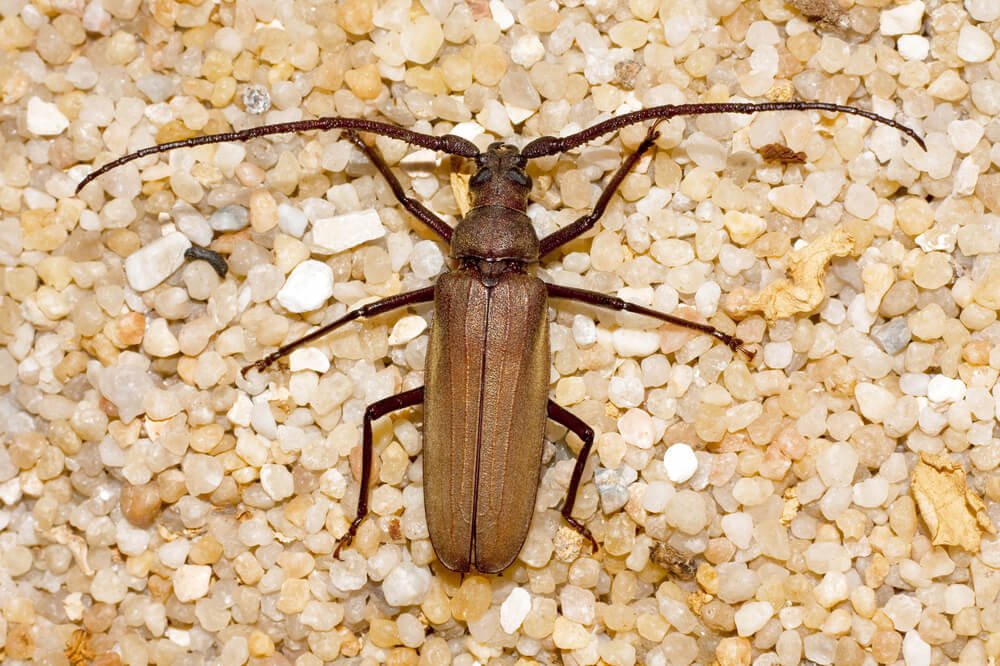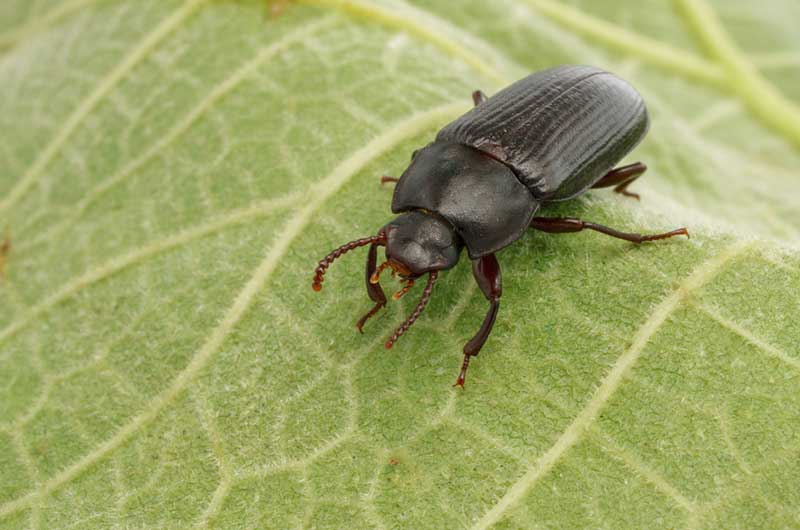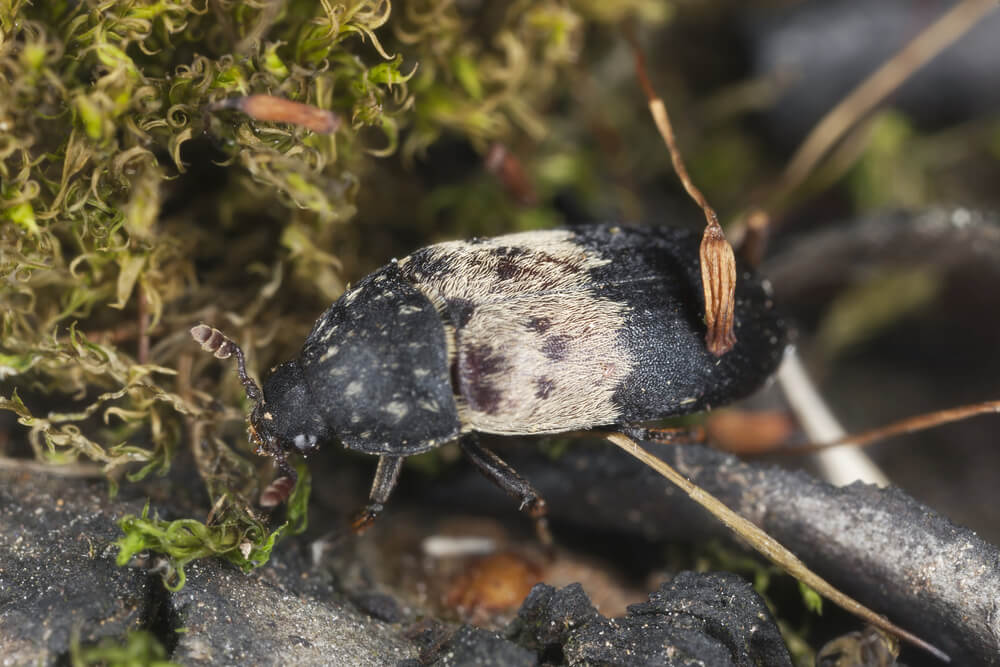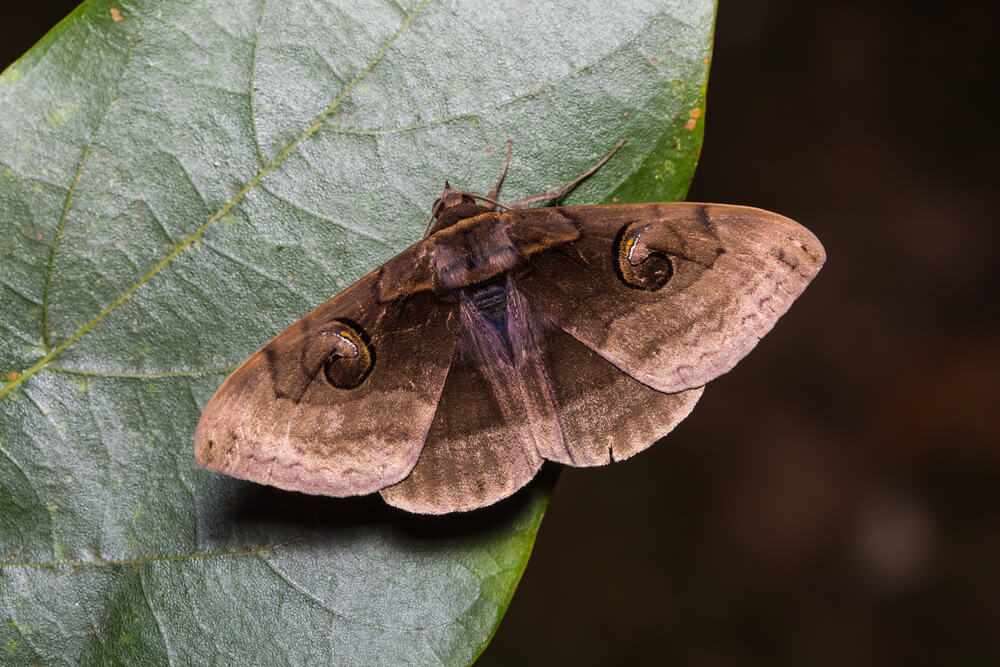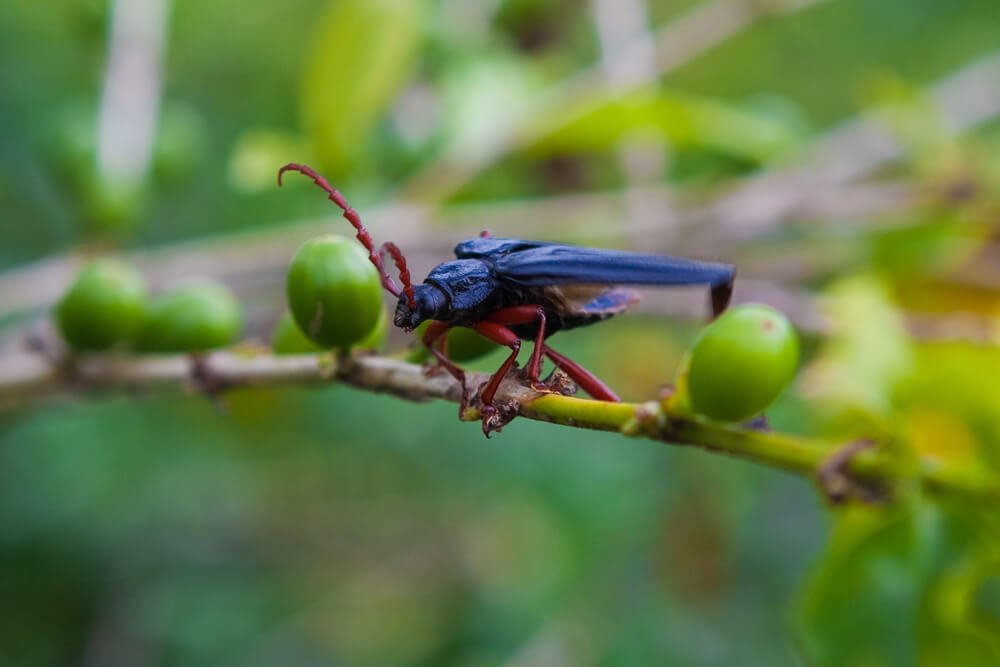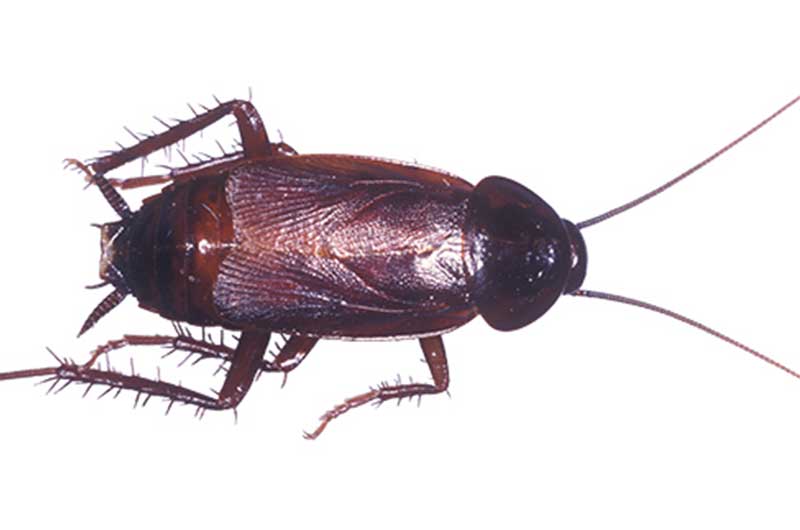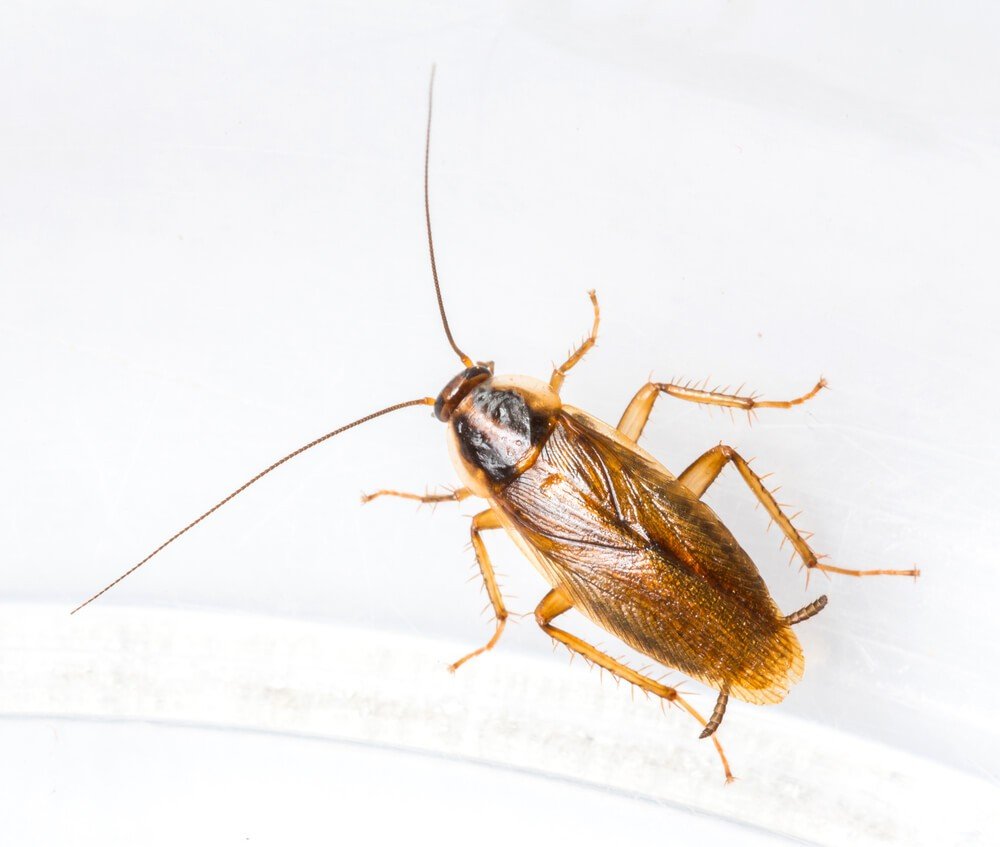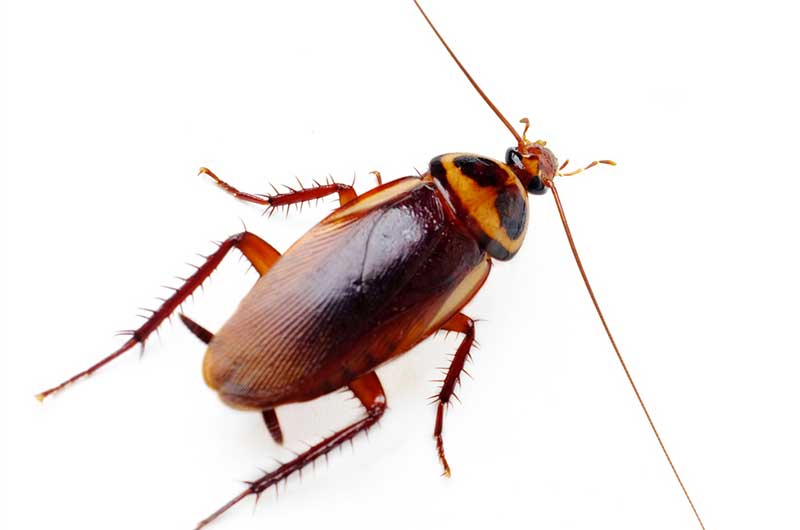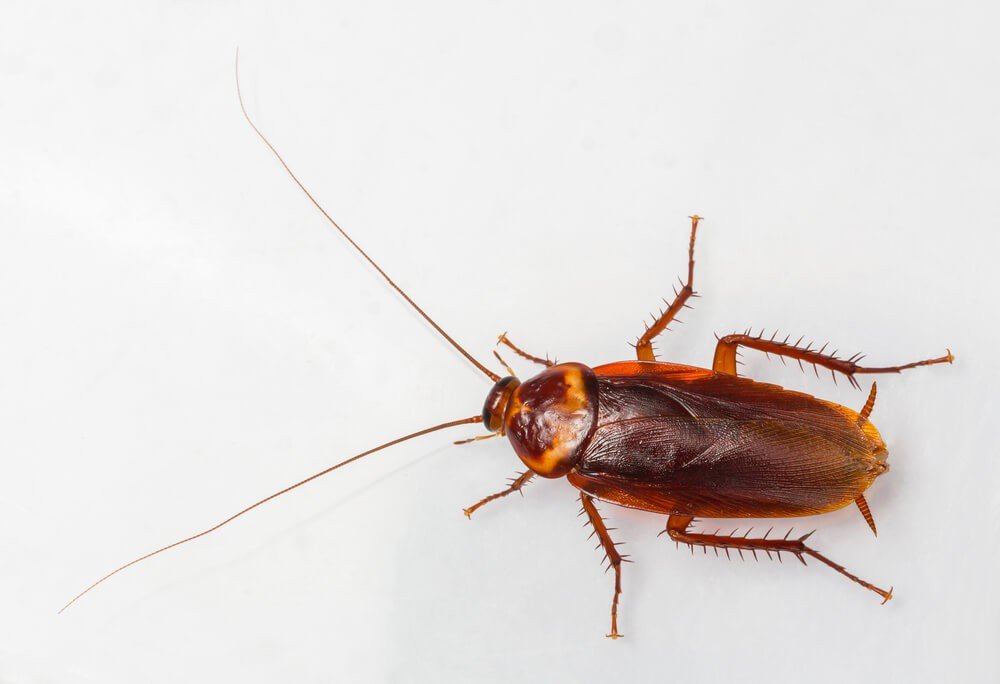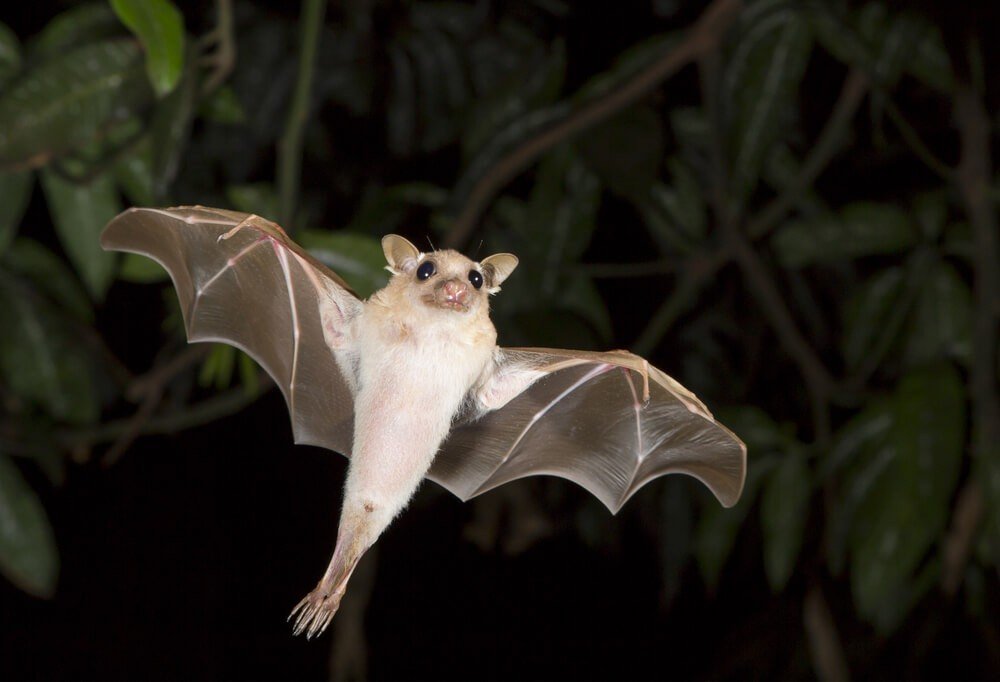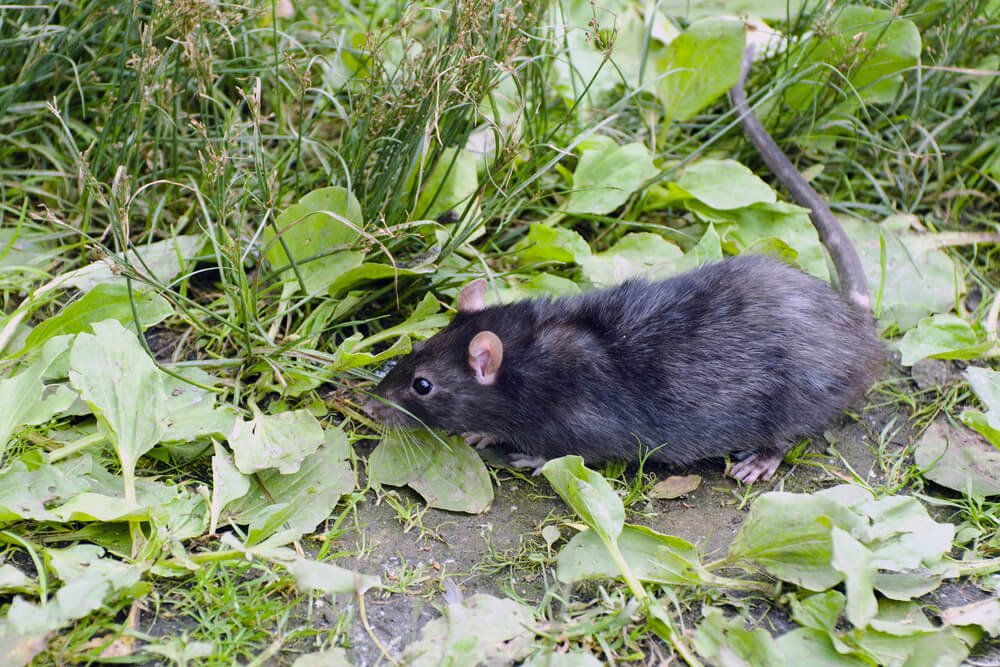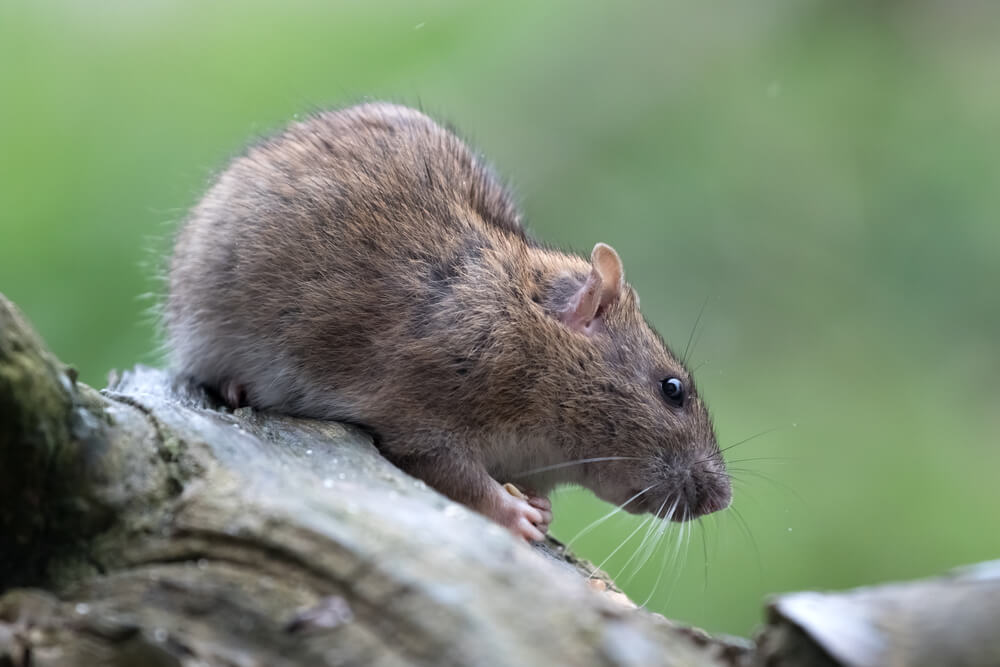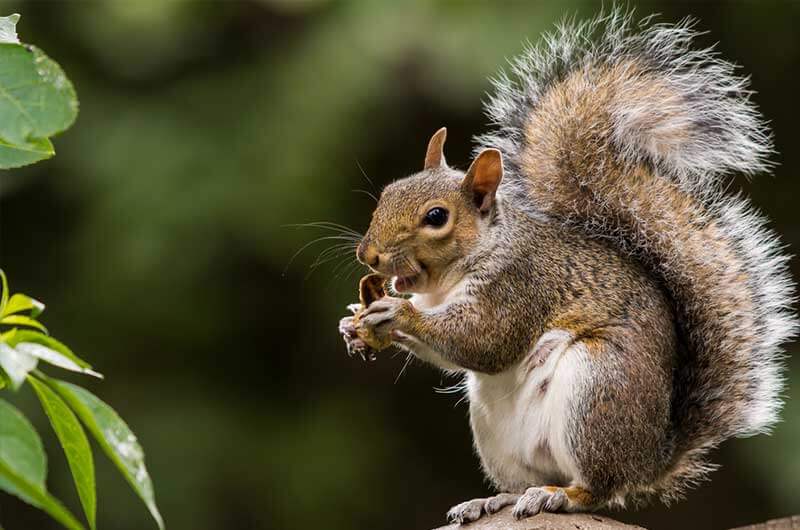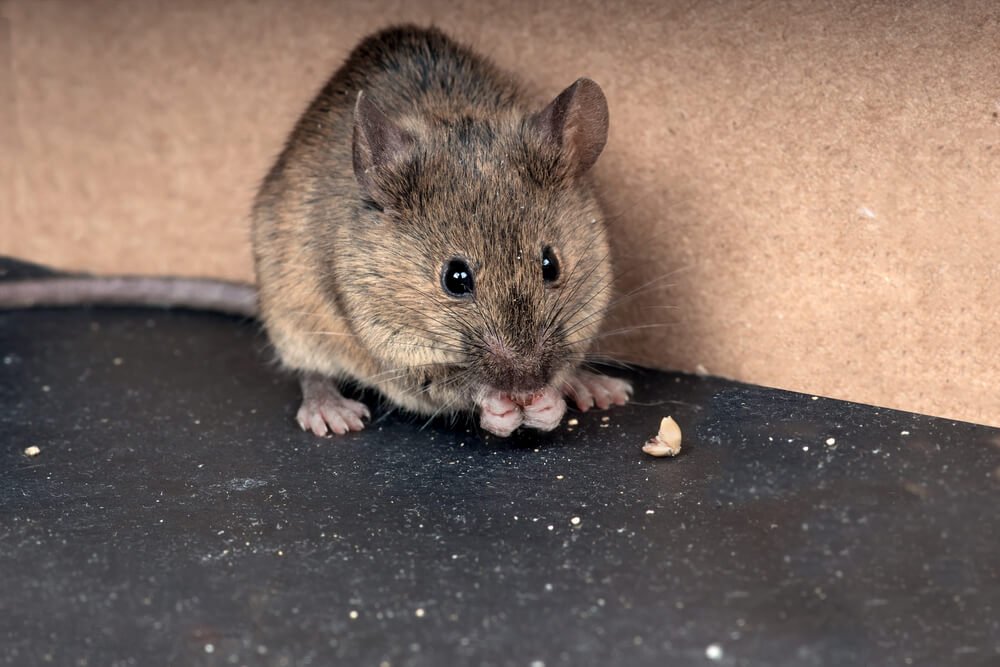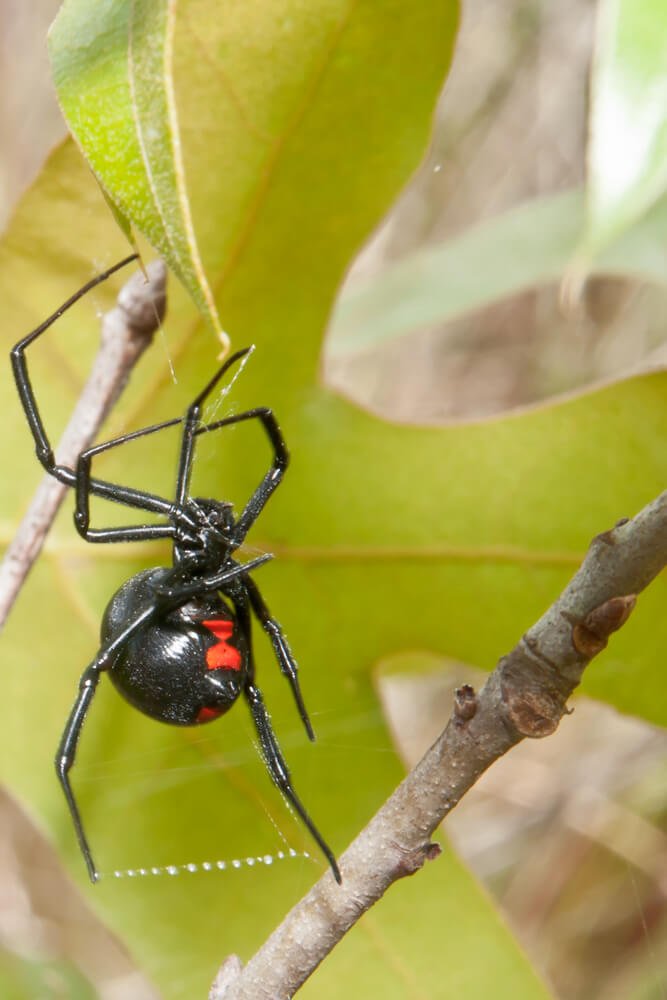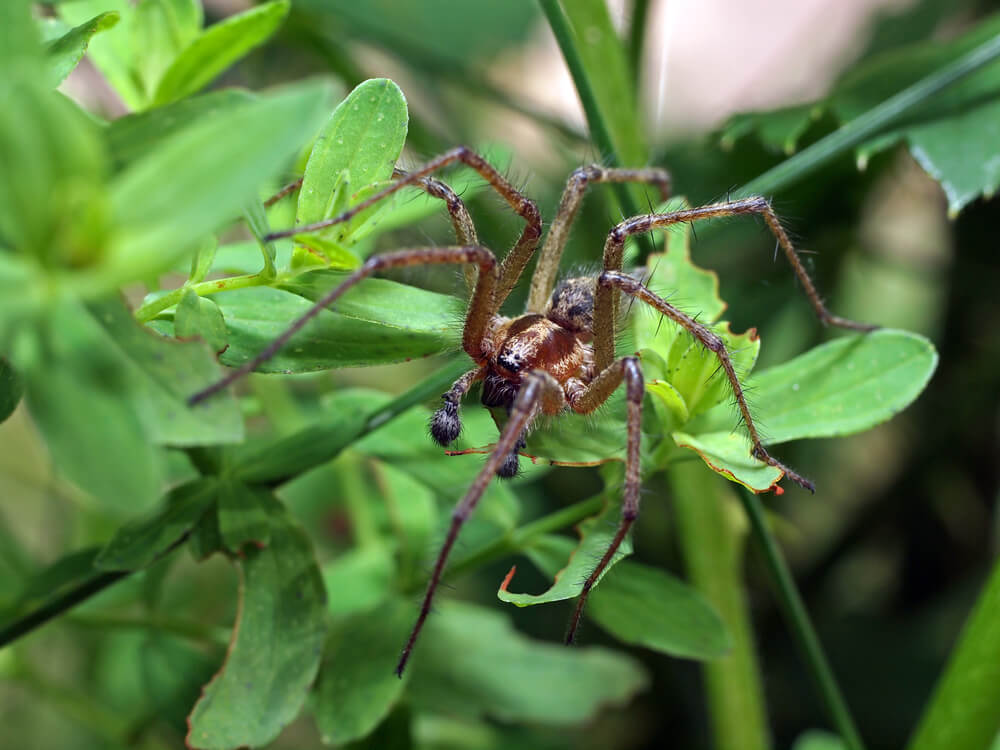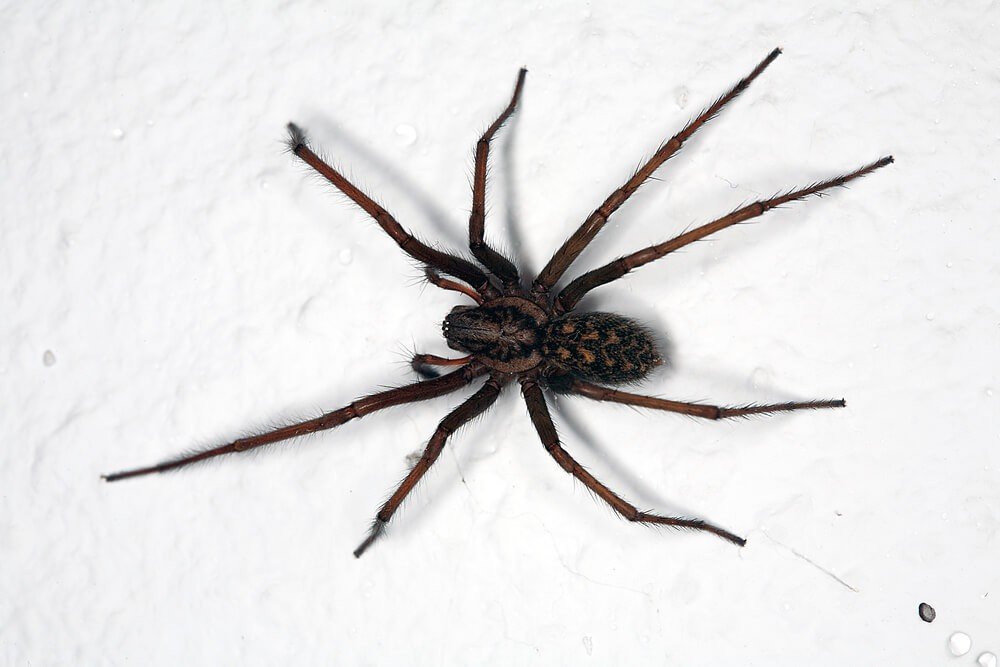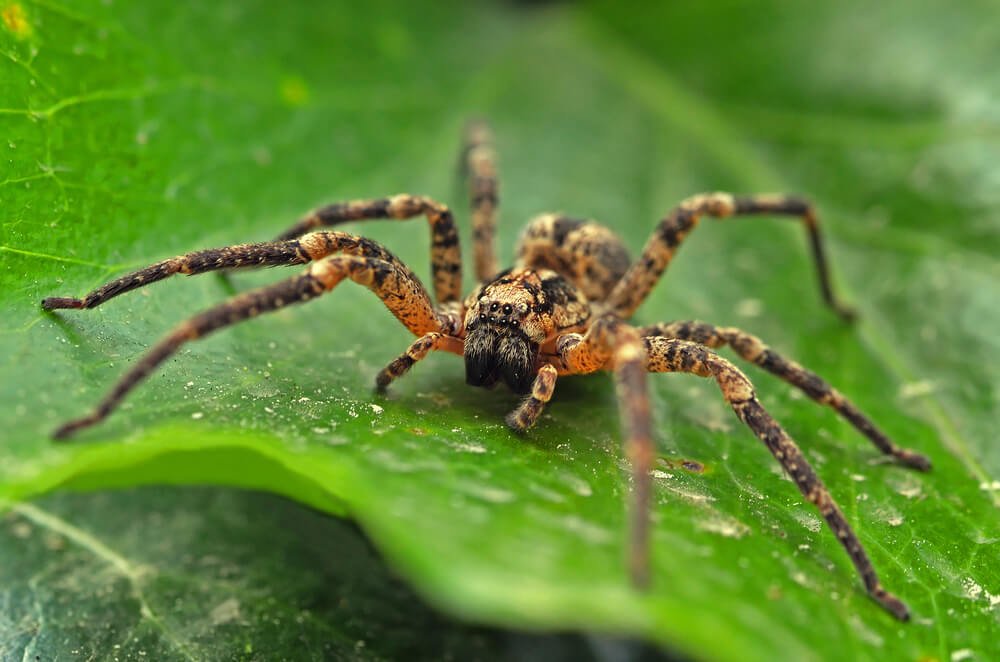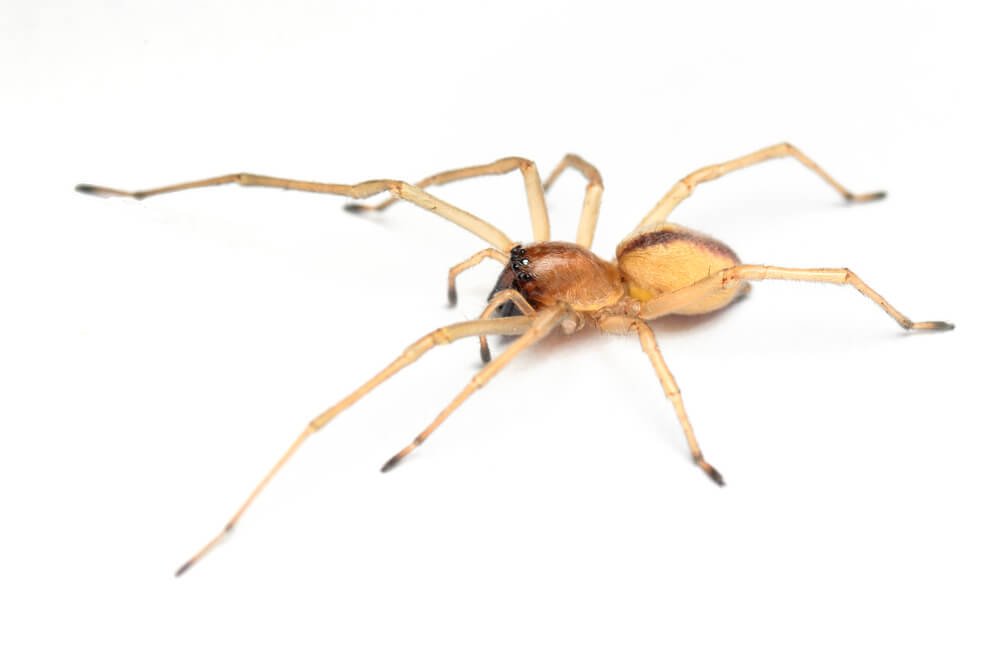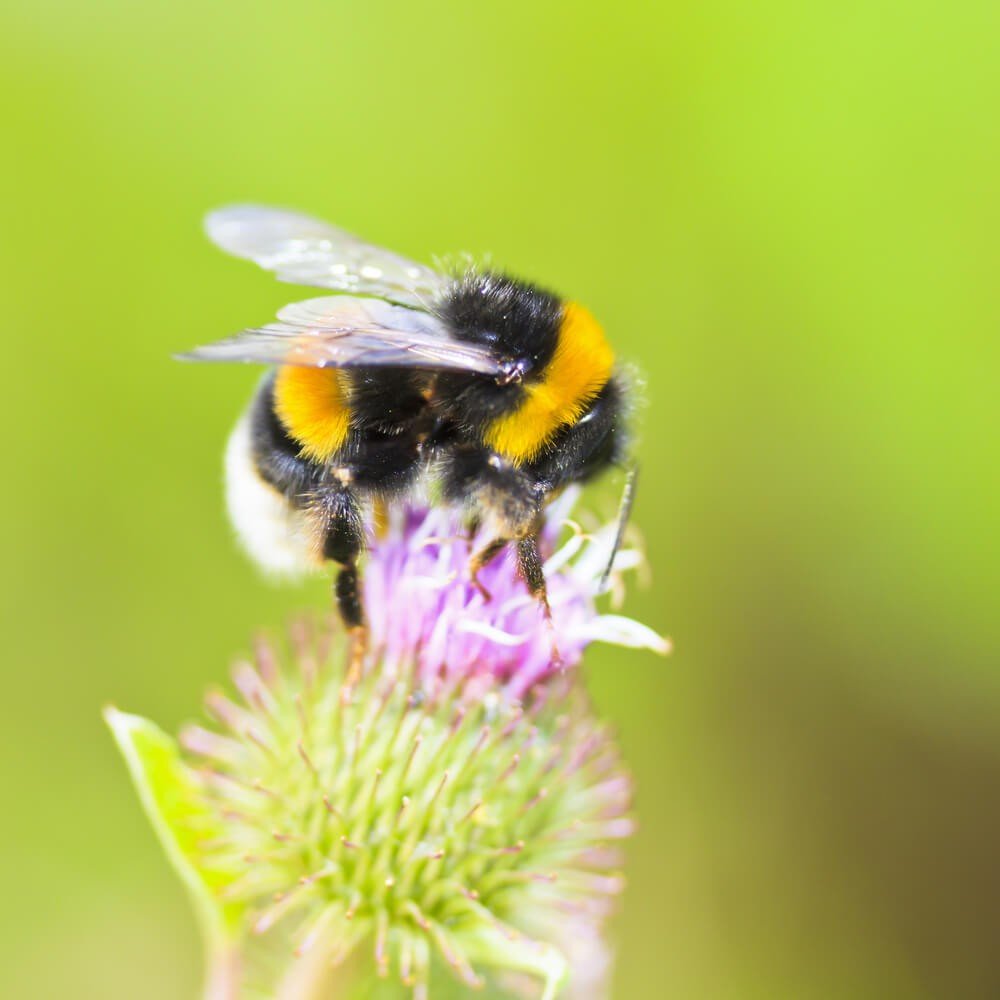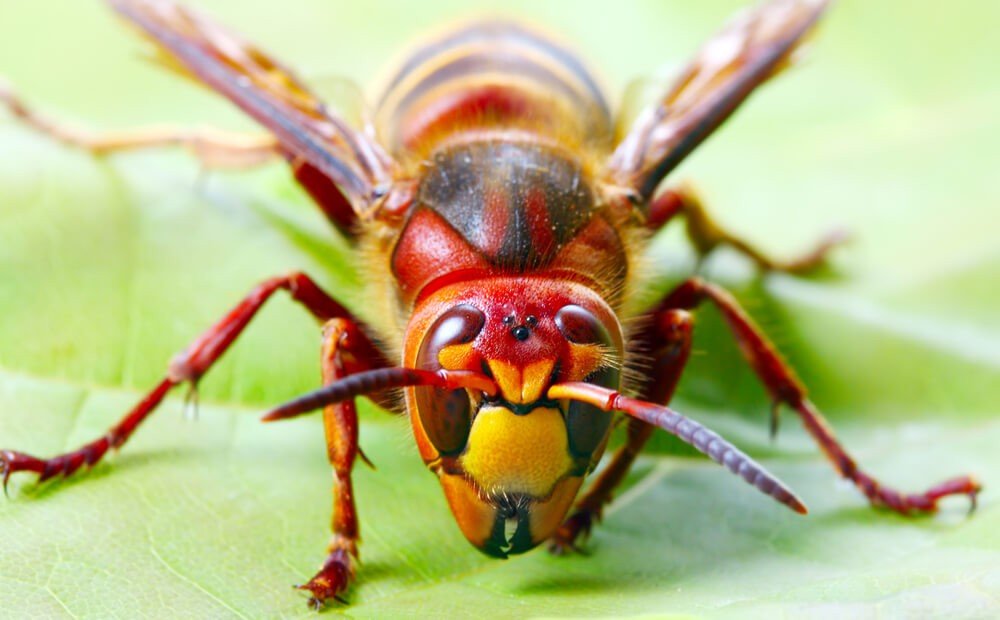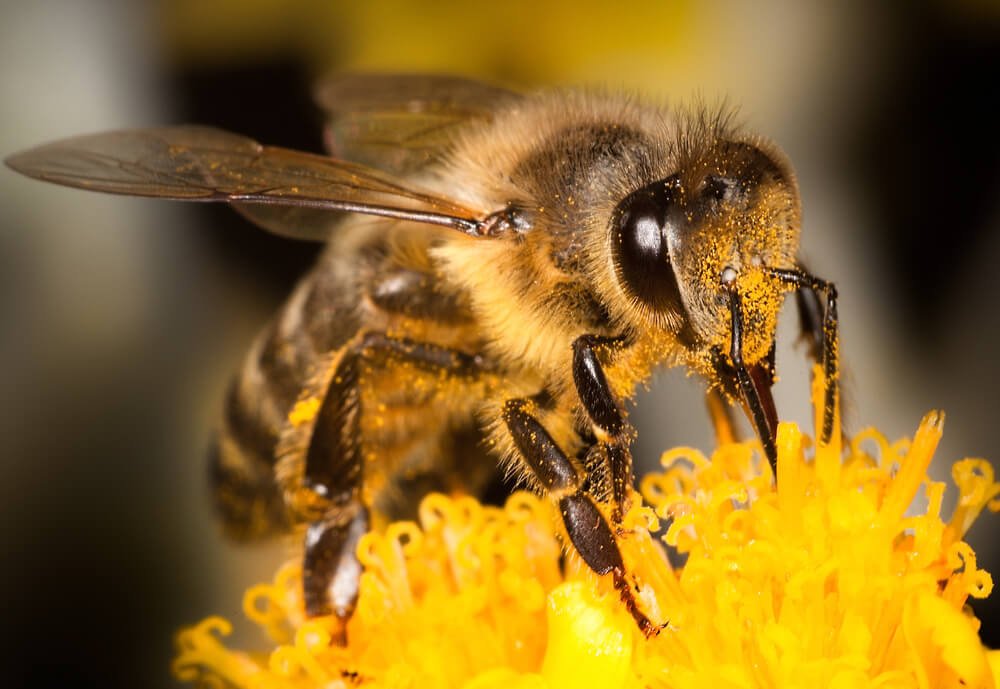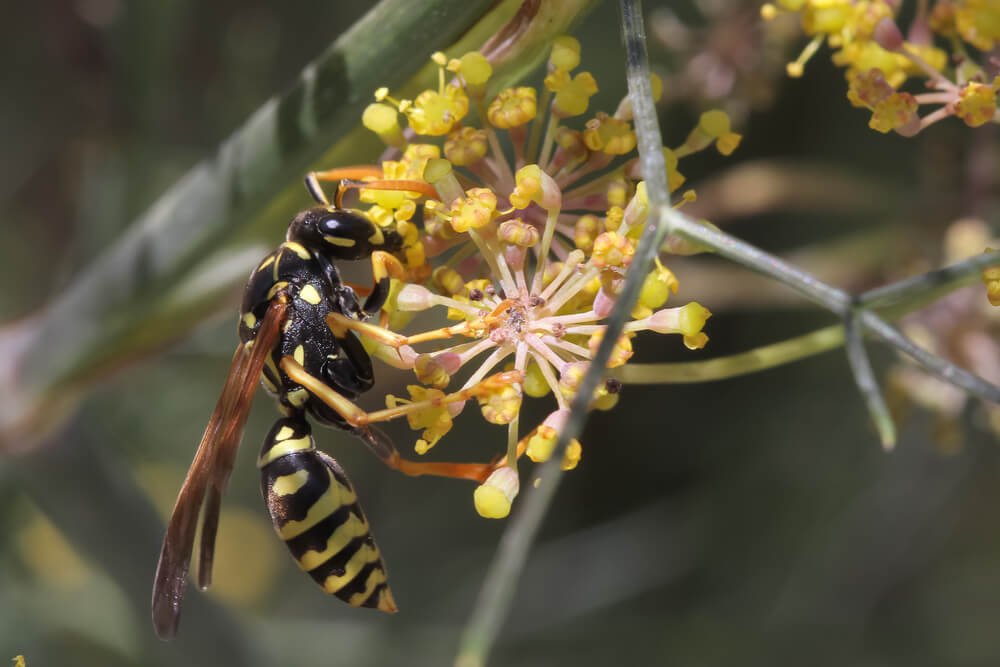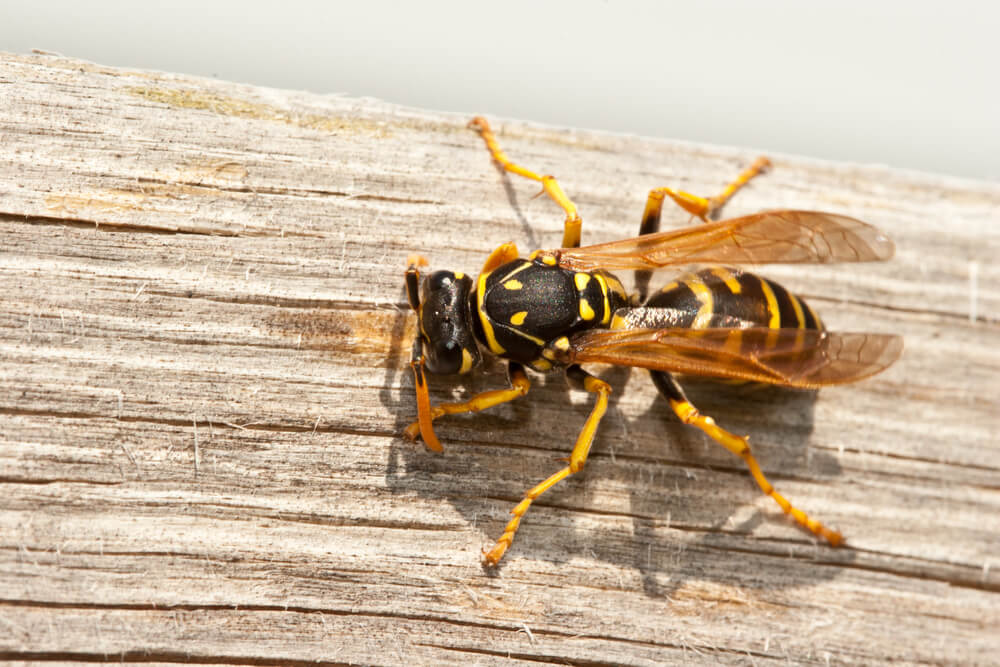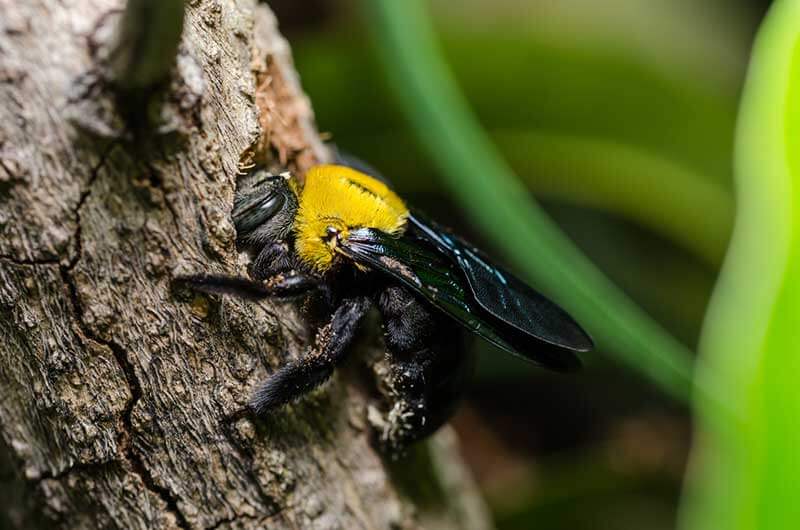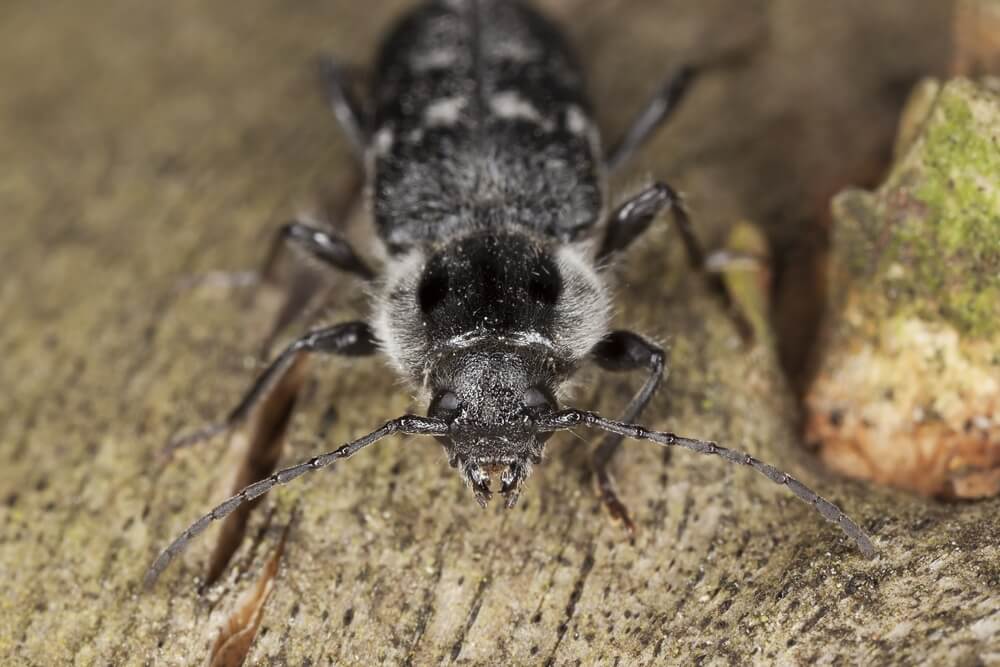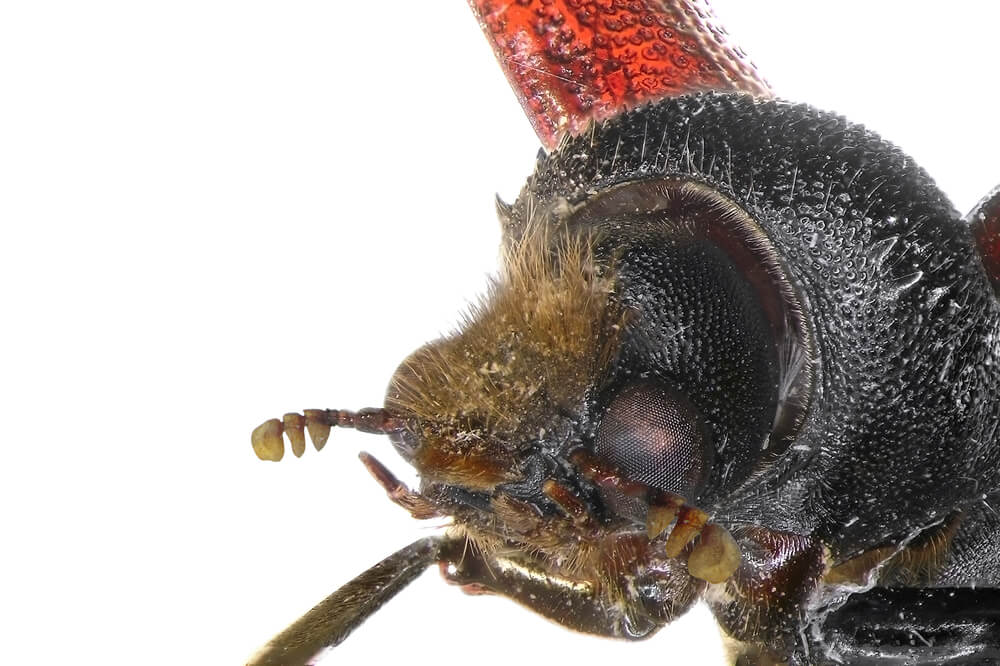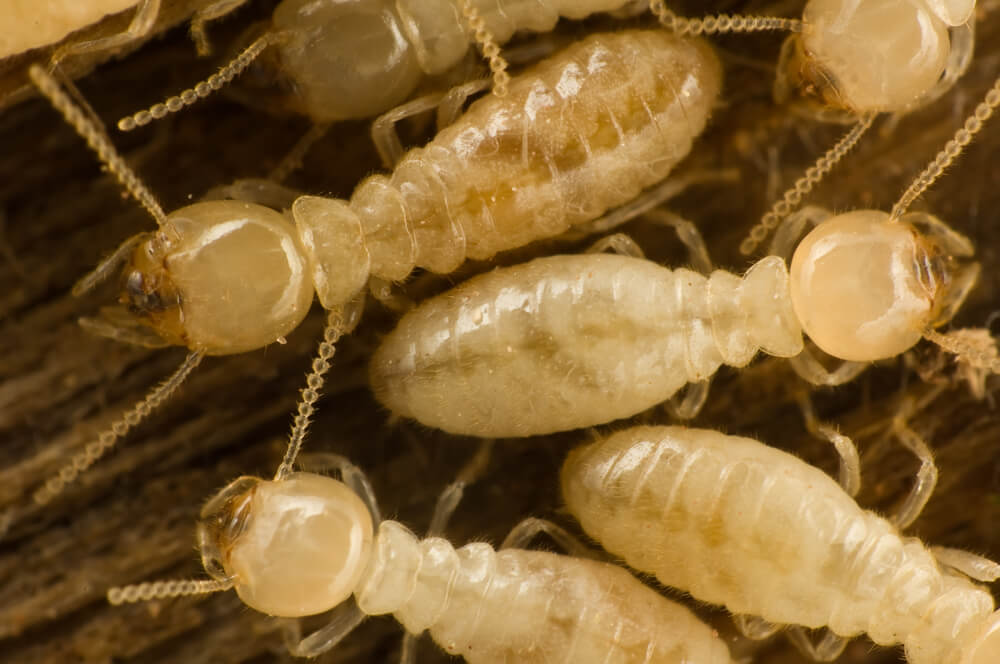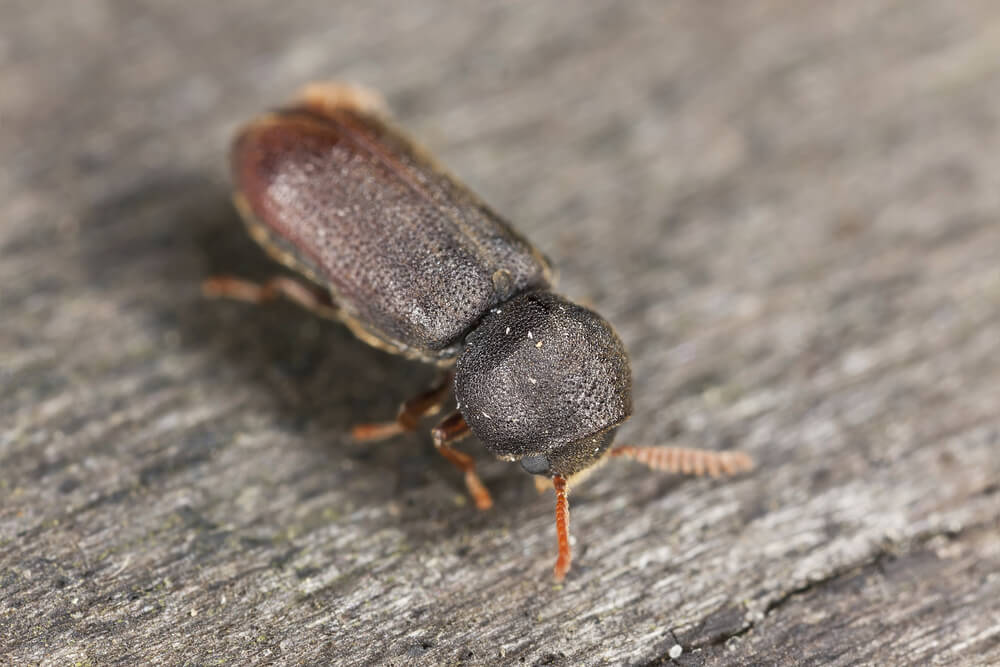Bees and Wasps
Though related, bees and wasps differ in important ways. Most wasps have a narrow “waistline” where the front portion of the abdomen tapers to become a small tube as it attaches to the middle body section, the thorax. Bees do not have this narrowing of the abdomen.
Quick Bee Identification:
1. More people are stung by yellowjackets than any other type of wasp or bee. Notoriously aggressive, the yellowjacket’s shiny yellow and black striped abdomen is an unmistakable warning. Often mistakenly called “bees,” yellowjackets are in fact wasps.
2. The honey bee is a half-inch long, hairy, honey brown insect. They should not be confused with yellowjackets, which are black and bright yellow wasps.
3. The familiar buzzing, fuzzy yellow and black striped bumble bee is unmistakable. Up to 200, ½- to 1-inch long bumble bees inhabit nests in old rodent burrows, under porches and in wall voids.
4. The carpenter bee is a bumble bee look-alike that has a shiny, all-black abdomen, whereas the bumble bee’s abdomen is fuzzy, black and yellow. Unlike bumble bees, carpenter bees are solitary. Females chew ½-inch diameter holes in wood and bore tunnels that run several inches into the wood. Inside, eggs are laid and the resulting larvae develop on a mixture of pollen and nectar. Males guard the nest by buzzing intruders, but their defense is a bluff: male bees cannot sting.
5. The so-called bald-faced hornet (Dolichovespula maculata), about ¾-inch long, black and white, with white face, is actually a larger yellowjacket species.
The most important element of wasp and bee control is to destroy the nest. Aerosol “wasp and hornet” sprays can be used to knock down bees/wasps around the nest.
The nests of honey bees, bumble bees, yellowjackets and hornets should always be approached with caution, preferably at night when most of the workers are present but reluctant to fly.
|
Characteristic |
Bee |
Both |
Wasp |
|
Stinger |
honeybee workers: stinger is pulled from bee’s abdomen and bee dies |
have backward-pointed barbs on stinger to penetrate victim |
small barbs; stinger can be removed from victim; wasp lives to sting again |
|
Body |
rounder body, usually appears hairy |
narrow junction between thorax and abdomen |
usually slender and smooth |
|
Legs |
hairy |
no significant similarities |
few hairs |
|
Food |
feed on pollen and nectar |
no significant similarities |
predators or parasites of other insects, or scavengers |
If you're having problems with bees and wasps and would like to have a free inspection click here!






